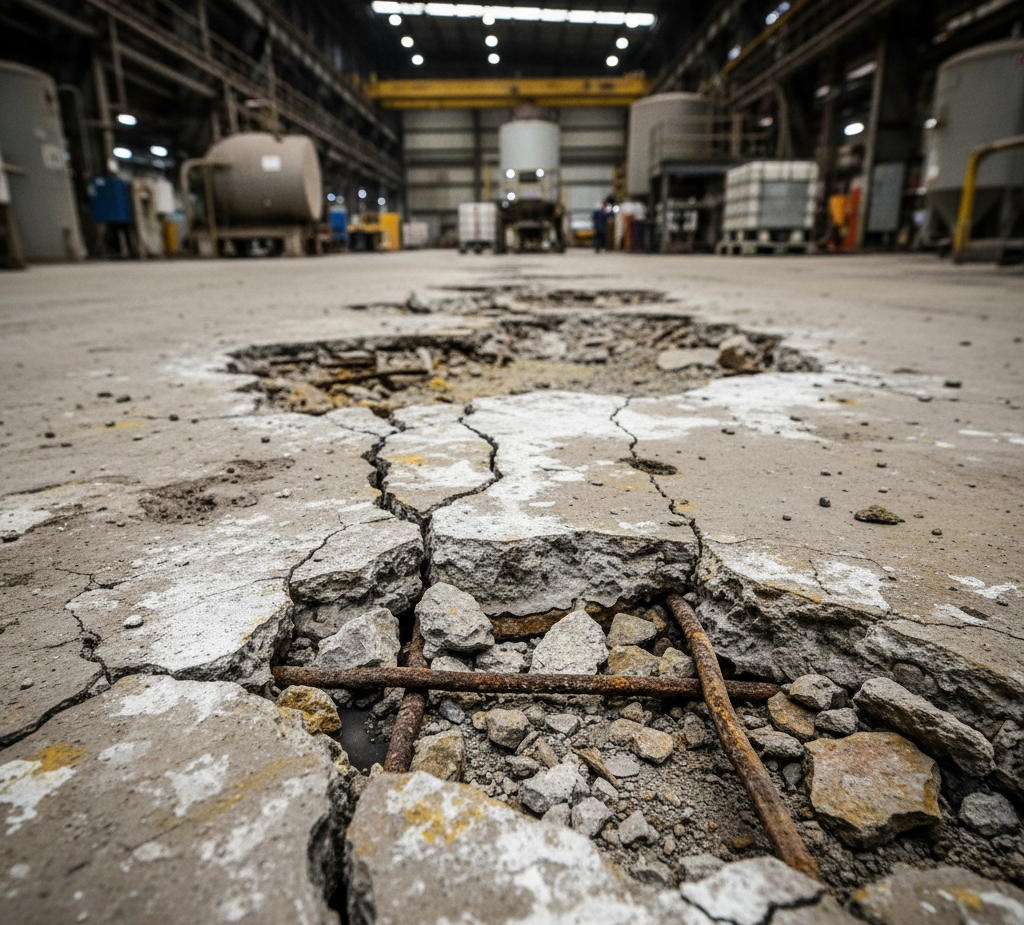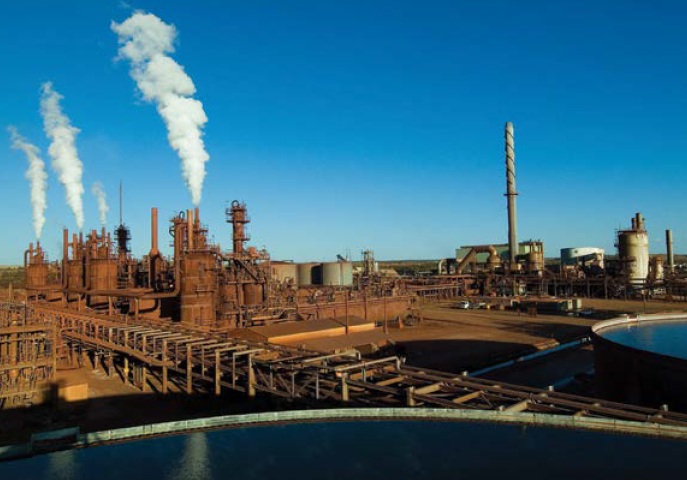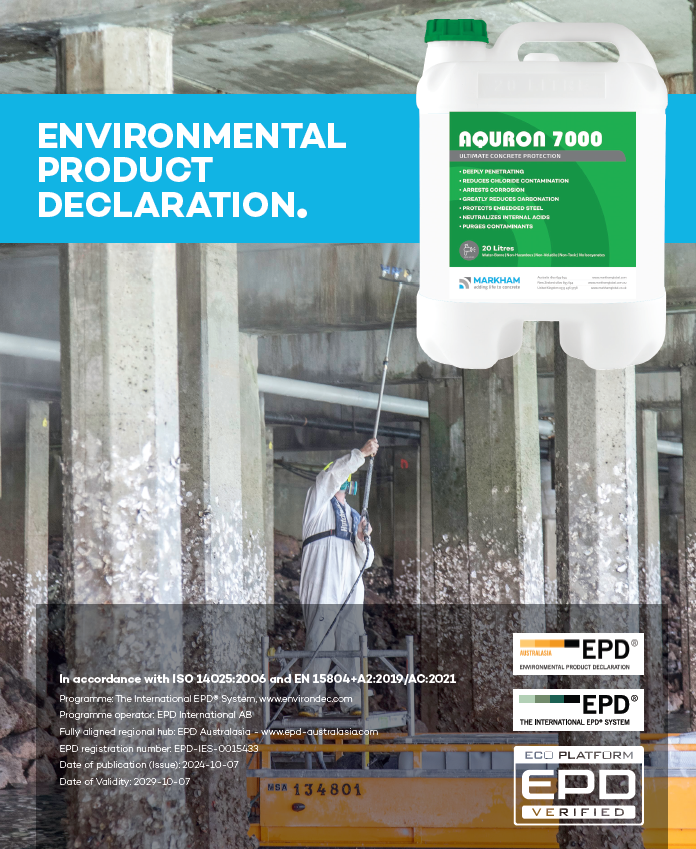
Chemical Attack Meets Nano-Defense
In mining, agriculture, and industrial facilities, a hidden enemy is destroying concrete infrastructure—often within just 2 years. The culprit? Chemical attack from acids, ammonium sulphate, and aggressive fertilizers.
Why Traditional Protection Fails
Surface coatings wear away and do nothing to protect the internal concrete matrix. They treat symptoms, not causes. Traditional 50 MPa concrete exposed to chemical environments becomes "mushy" and fails in 24 months.
The Nano-Technology Solution
Colloidal nano silica hydrogel technology works differently—from the inside out.
Nano-sized particles (5-20 nanometers—5,000x smaller than a human hair) penetrate 150mm deep into concrete. They react with calcium hydroxide to form a permanent hydrogel that:
- Seals concrete porosity at the nano level
- Immobilizes moisture that carries aggressive chemicals
- Becomes part of the concrete—reaching cement paste strength
- Creates permanent chemical resistance
- Never needs reapplication
Proven Results
At Glencore Murrin Murrin Operations, concrete exposed to sulphuric acid and ammonium sulphate was failing every 2 years.
After AQURON treatment:
- Service life extended from 2 years to 6+ years (ongoing)
- Chemical attack limited to 1-2mm even where cracks form
- Zero delamination under extreme conditions
Similar results across lithium plants, agricultural warehouses, and mining facilities.
Two Applications
New Construction: AQURON 300 admixture provides internal protection from day one
Existing Structures: AQURON 7000 spray treatment protects assets of any age
Both penetrate up to 150mm, protecting reinforcing steel zones.
Engineering Advantages
- Works invisibly inside concrete—cannot wear away
- Increases hardness and abrasion resistance
- Zero VOCs, potable water certified
- Heals cracks up to 0.5mm
- Performance warranty included
- One-time permanent application
The Bottom Line
Traditional protection treats surfaces. Colloidal nano silica hydrogel transforms concrete itself—creating permanently protected material that resists chemical attack at the molecular level.
For industries facing aggressive chemicals, the question isn't whether you can afford this technology. It's whether you can afford not to use it.




